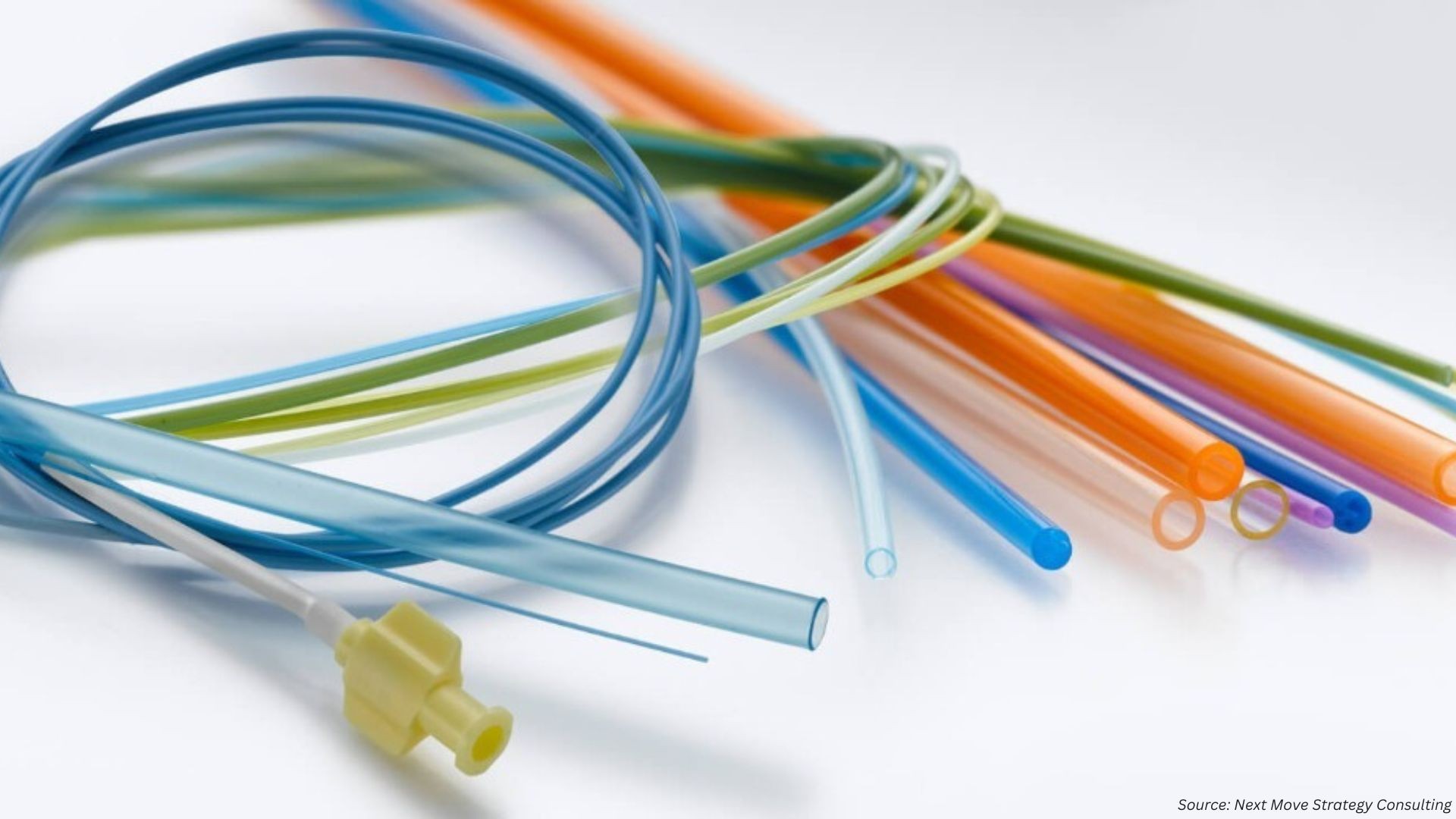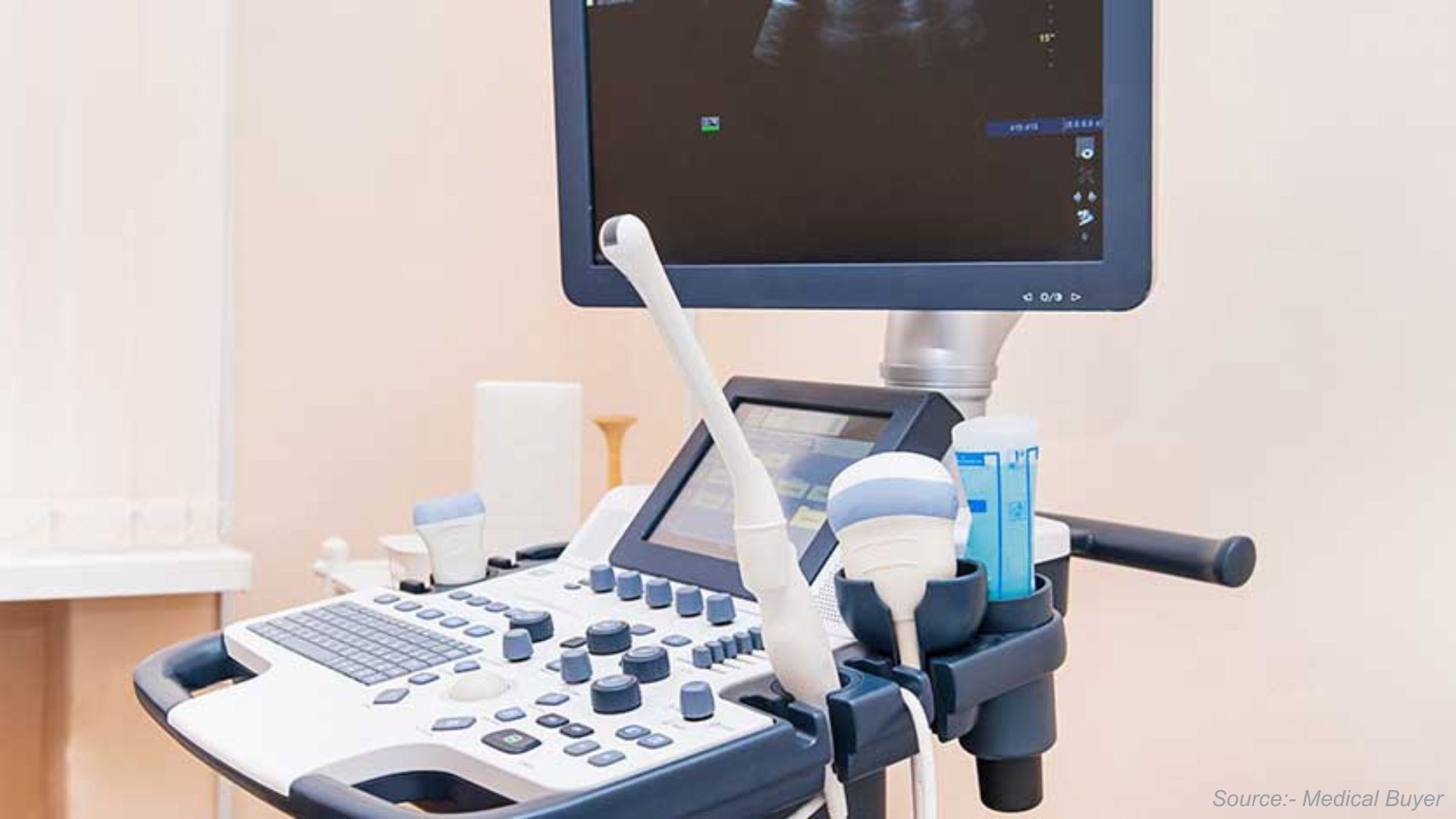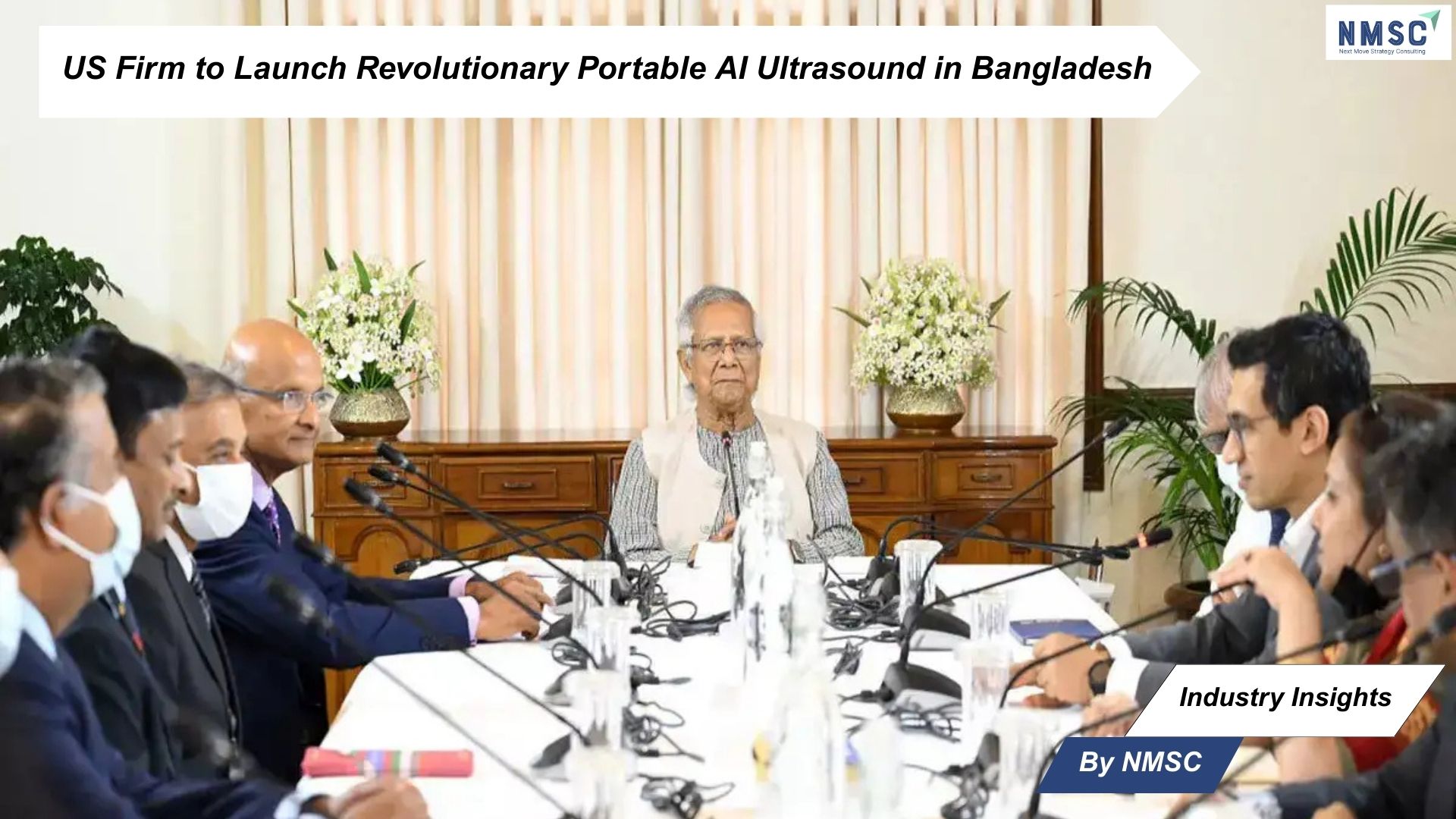Global Disabled and Elderly Assistive Device Market is expected to reach USD 70.05 billion by 2030
Published: 2025-01-09
Robust Healthcare Infrastructure Drives Demand for the Assistive Devices
According to the Next Move Strategy Consulting, the Global Disabled & Elderly Assistive Device Market is valued at USD 28.02 billion in 2023, and is expected to reach USD 70.05 billion by 2030, with a CAGR of 12.9% from 2024 to 2030.
The robust healthcare infrastructure significantly enhances access to assistive device for the disabled and elderly. With well-established universal healthcare systems, countries provide comprehensive coverage that includes access to necessary aids such as vision enhancement, hearing, and mobility devices. This ensures a larger share of the population can afford and obtain these essential tools.
The U.S., Germany, France, Sweden, Netherlands, Portugal, Japan, and China are among the countries with the highest healthcare expenditure as a percentage of GDP, supporting the development and widespread availability of assistive devices that improve quality of life. Efficient distribution networks and extensive primary care services further ensure these technologies are widely accessible across urban and rural areas.
Moreover, the increasing prevalence of disabilities and elderly populations drives the demand for assistive devices. As the number of people affected by age-related conditions and disabilities rises, there is a growing need for innovative assistive devices that enhance mobility, sensory capabilities, and overall quality of life.
As per the World Health Organization, an estimated 1.3 billion people or 16% globally experience significant disability, underscoring the importance of advancements in assistive devices such as mobility aids, home care tech, and personalized medical solutions tailored to diverse needs. Governments and healthcare providers are working to improve accessibility and affordability of these essential tools to support the aging and disabled population.
However, the high cost of assistive device creates significant barriers for people in developing and underdeveloped countries, particularly those with low or fixed incomes, preventing access to essential tools that improve quality of life. Factors including high import costs, inadequate government support, and lack of affordable financing options exacerbate this problem.
On the other hand, the integration of artificial intelligence (AI) with assistive devices is a step change in their transformation, rendering these devices more advanced, personalized, and accessible. AI allows for an assistive device to go beyond being static; it should be dynamic enough to adapt to users' needs. For example, recently, there have been AI-based vision aids for the blind and AI-enabled assistive tools that improved the quality of life of persons with disabilities.
Request for a Sample PDF on the Disabled and Elderly Assistive Device Market
According to the report, leading players in the disabled & elderly assistive device market includes William Demant Holding A/S, Ottobock SE & Co. KGaA, WS Audiology A/S, Sonova Holding AG, GN Store Nord A/S, Cochlear Ltd., Starkey Hearing Technologies, Invacare Corporation, MED-EL Medical Electronics, and Permobil AB, among others.
These market players are adopting strategies such as product launch, business expansion, and partnership across various regions to maintain their dominance in the market.
For instance, in June 2024, Ottobock UK launched an innovative powered wheelchair, Juvo B7, designed to support users with complex positioning and mobility needs. It comes with advanced features to enhance comfort, functionality, and independence for individuals requiring specialized assistance.
Also, in June 2024, WS Audiology announced the establishment of an Audiological Research Laboratory in Singapore, furthering its commitment to advancing hearing healthcare through research and innovation. This new facility focusses on conducting cutting-edge research in audiology, and aims to develop and enhance hearing aid technologies.
In addition, in June 2024, MED-EL Medical Electronics partnered with Microsoft to enhance communication technology for people with hearing loss. The partnership aims to develop advanced accessibility tools for users of hearing devices such as cochlear implants.
Key Insights from the Disabled & Elderly Assistive Device Market Report:
-
The information related to key drivers, restraints, and opportunities and their impact on the disabled & elderly assistive device market is provided in the report.
-
The value chain analysis in the market study provides a clear picture of the role of each stakeholder.
-
The market share of the global disabled & elderly assistive device market players and their competitive analysis are provided in the report.
















Add Comment